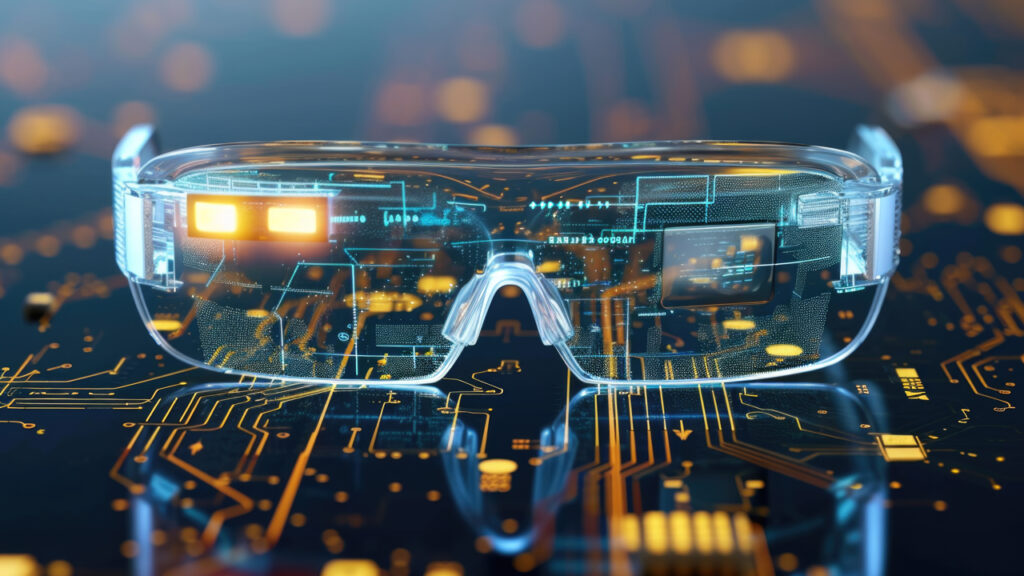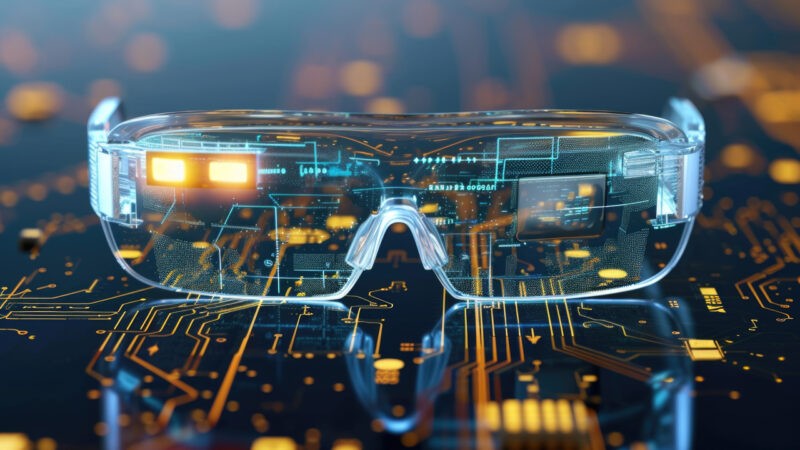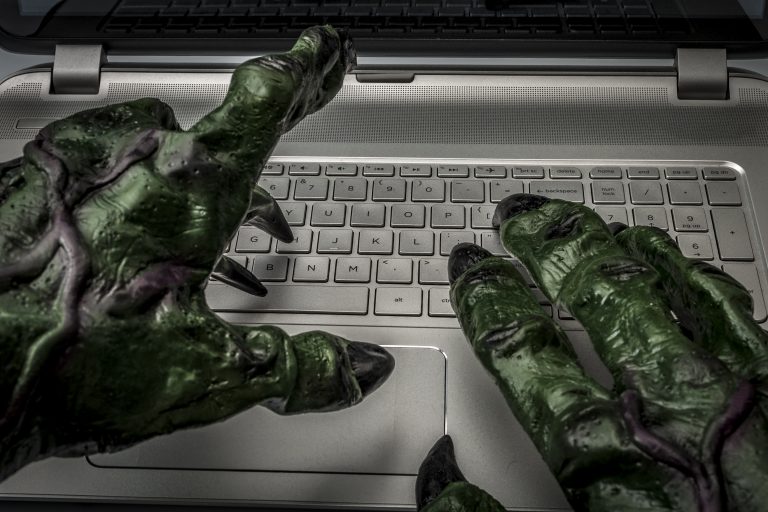The Value of AR and Smart Technologies for Crisis Management

Article written by Dani Andrews
Technology is advancing rapidly and becoming more integrated into various industries; crisis management is no exception.
Augmented reality (AR) and smart technologies are revolutionizing crisis management by increasing immersion and providing data-backed insights and information. A review published in Frontiers in Virtual Reality notes that AR, virtual reality (VR), and mixed reality tech are used extensively in computer simulation modeling, interaction techniques, training, infrastructure assessment and reconnaissance, and public awareness areas of disaster management. AR and smart technologies offer significant potential to improve crisis preparedness, response, and recovery. As these technologies continue to develop, they will undoubtedly play an even more important role in saving lives and minimizing damage during critical events. Here’s a look into the value of AR and smart technologies for crisis management.
Immersive scenarios
Crisis management involves a lot of planning for potential scenarios, ensuring all kinds of possible threats are evaluated, and proper measures are in place to prevent them. This is why tabletop exercises are so crucial, as these discussions help test strategies for dealing with possible events that may occur, from cybersecurity failures and data leaks to natural disasters like earthquakes and tornados. AR technology can enhance scenario planning and exercises to create a more immersive experience that can help professionals visualize any situation. AR can create realistic training simulations for emergency personnel. They can practice procedures in virtual scenarios that mimic real-world crises. AR can overlay real-world visuals with critical data like building layouts, hazard zones, and victim locations. This empowers professionals to make strategies and decisions to navigate complex environments and locate people in need. Crisis management teams can use AR applications on their devices or can even wear AR glasses that overlay screens into their field of vision. The TCL RayNeo X2 utilizes built-in MicroOLED screens, so there’s no need to plug it into a computer or phone, making it easy to use and more immersive.
Documentation
Thoroughness and attention to detail are crucial aspects of crisis management, especially when ensuring public safety. Smart glasses can help when documentation is necessary, making for hands-free photo and video taking for easy capturing. The Ray-Ban Meta smart glasses have high-quality cameras that can capture photos, take videos, and even livestream onto Meta’s social media platforms. Wearers can put them on and use voice commands to document their point of view. Since the hardware is also discreetly integrated into Wayfarer or Skyler models, they look like regular sunglasses and won’t be distracting while working. For instance, crisis management professionals can use these smart glasses to evaluate a building’s earthquake safety measures. They can take photos of issues like cracks and faulty infrastructure. It can also be used in public spaces like malls to identify areas with poor security that may bring in an active shooter or another potential threat. These photos or videos can then be sent to other team members and relevant professionals to address these problems and avoid or minimize future disasters.
Analyzing data
When planning for a crisis situation, data is crucial in strategizing for any potential situation based on previous information. Smart technologies like artificial intelligence (AI) can easily and swiftly analyze large amounts of data to create understandable insights that crisis management professionals can leverage when preparing for or dealing with a crisis. For example, AI can point out any patterns and anomalies that could signify growing cybersecurity risks or possible fraud, predict the severity and impact of a natural disaster situation, or analyze historical data to help understand potential outcomes based on past similar situations. AI automates these tasks instead of relying on human effort and knowledge to conduct manual processes, which can be time-consuming and prone to error. Since AI can examine a situation using various data in seconds, it makes crisis management more efficient and speedier.
Real-time information
Crisis management can benefit from real-time data and information to help understand the current struggles and needs of a certain location, system, or business to make better decisions and plans for minimizing the impact of a disaster. Using a combination of AR and technologies like AI can allow professionals to stay informed on the ground. AR technology boosts situational awareness by displaying relevant data, such as maps, hazards, alerts, and more, on the user’s field of vision. AI tech can be used to ask for information, make internet searches, or even translate foreign languages in real-time. Smart glasses like Brilliant Labs’ Frame combine AR displays and generative AI to enable real-time information, making strategizing for crises easier and relevant to current challenges.

Dani Andrews is a business consultant and blogger. She dedicates her time in learning about the latest business trends and strategies. On her free time, she enjoys reading about the innovations in this space.
Exclusively for PREPAREDEX








Add your first comment to this post